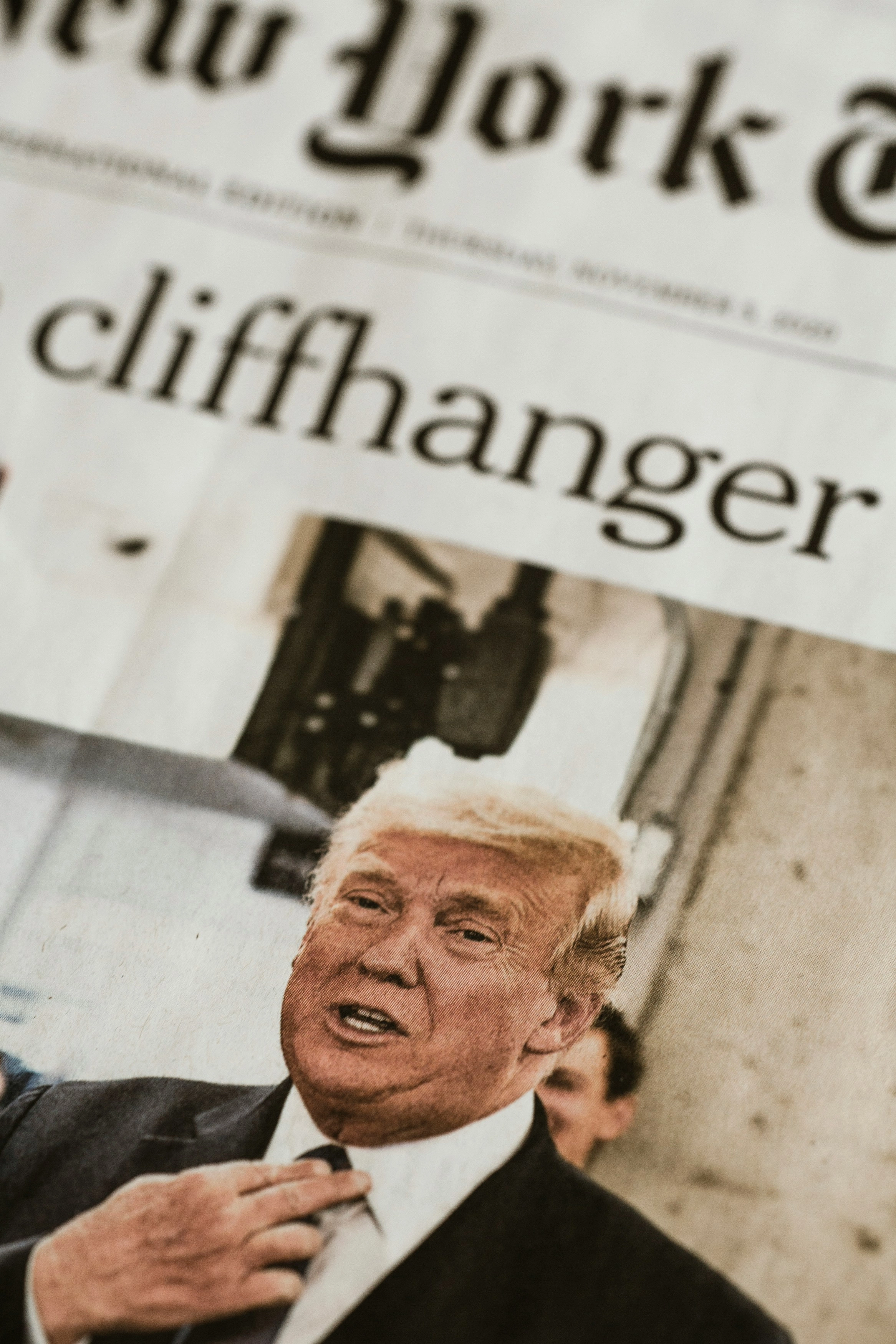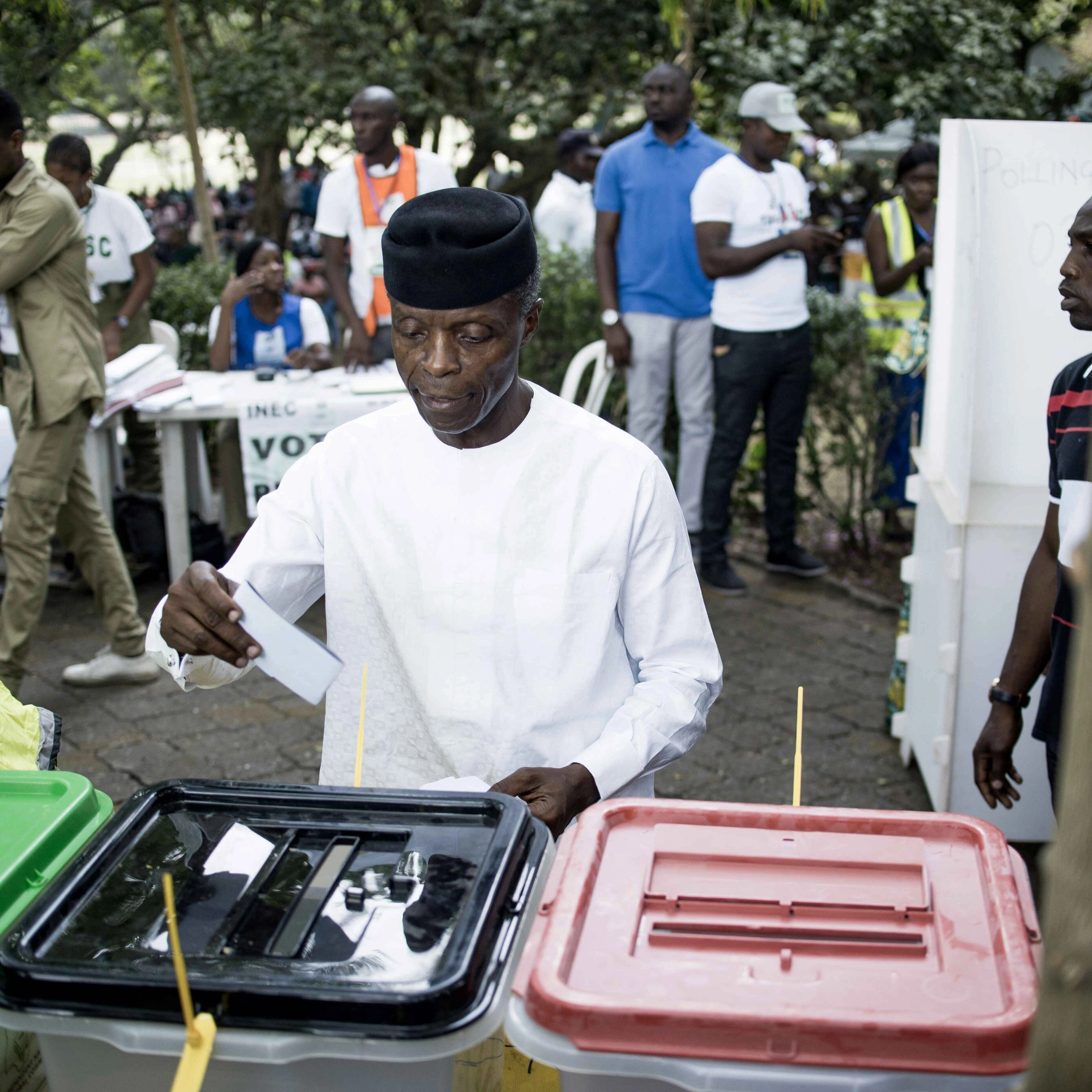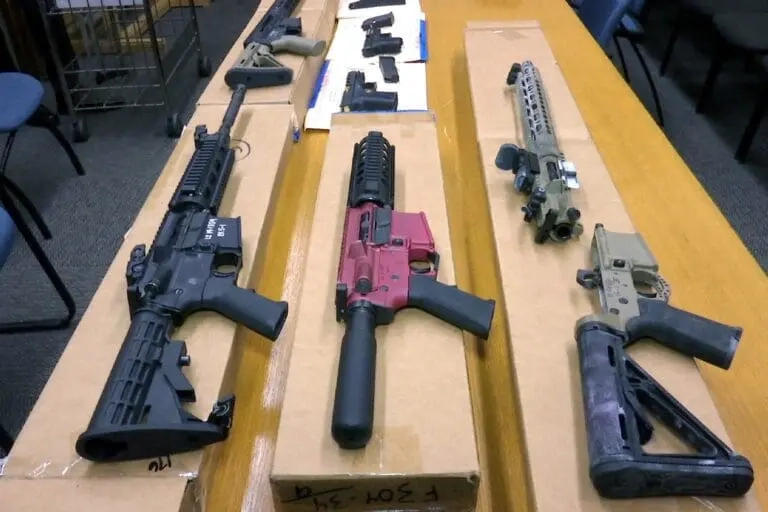On December 4th, 2024, Brian Thompson, the CEO of the US health insurance company United Healthcare was shot dead in the middle of Midtown Manhattan. The alleged murderer was a 26-year-old named Luigi Mangione. Prosecutors claim that his weapon of choice was a suppressed 9x19mm 'Ghost Gun' pistol, in the Glock 19 specification, which he fired three rounds from. The story has captured the world’s attention, mostly due to speculation over the motives of Mangione, his striking good looks, the brazen nature of the broad daylight murder, and a wider discussion on exploitation in the US healthcare system. What went under the radar was the weapon of choice– like its name, the ghost gun remained a silent threat.
What are They?
Ghost guns, or PMFs, standing for privately made firearms, are guns made by private individuals, rather than produced by corporate or government-owned entities. PMFs are normally created out of polymer-based materials, and occasionally reinforced with metal components for added strength. They can be assembled at home, through 3D printing techniques, or with gun weapon part kits, and as a result they do not contain a serial number or any form of tracking identification. The Biden administration described these weapons as being "ridiculously easy to put together", leading to the threat posed by ghost guns, their accessibility, ease of use, and lack of regulation being termed "the fastest growing gun safety problem in the country".
The manufacturing process for ghost guns is relatively simple. It begins with the acquisition of digital blueprints, normally from online web-forums, encrypted messaging apps, or the dark web. The unrestricted nature of this process is a major hurdle law-enforcement, as it becomes difficult to stop the spread of the manufacturing knowledge itself. With these digital blueprints, individuals can use consumer-grade 3D printers to print individual parts, and then construct the weapon from their homes. The use of the high strength polymer not only makes the weapons lightweight and durable, but also allows them to bypass traditional metal detectors.
The Threat Posed by PMFs
The most immediate threat that these guns pose is their untraceable nature, either by law-enforcement and government agencies, or security machines. Their lack of serial number poses serval challenges. Traditional firearms are generally registered with a serial number, allowing authorities to track their production, sale, and ownership. Without this, it becomes quite easy for dedicated terrorists, extremists, or organised crime groups to circulate weapons, without the fear that they can be identified or linked back through serial number tracing.
Furthermore, it becomes increasingly difficult to trace ghost guns in criminal investigations, as a legal firearm's serial number is usually the start of a paper trail of ownership. Without this, a legitimate owner becomes harder to find. Many countries require background checks for legal firearms purchases, looking at criminal history, mental health records, immigration and citizenship status, etc.
The lack of this means that many PMFs up in the wrong hands, as there are no legal measures to curb their distribution. This creates the potential for far more 'lone-wolf' attacks, which are carried out by individuals operating independently without direct ties to organized terrorist groups or criminal networks, who are often radicalized in isolation. Ghost guns now offer a further exacerbation of this threat, as lone-wolf attackers no longer need to rely on anybody else for the acquisition of their weapons.
The growing ease of access to digital blueprints and the increasing sophistication of 3D-printing technology also mean that lone-wolf attackers can tailor weapons to specific needs, such as concealability, calibre, or rapid assembly. This adaptability, combined with the unpredictability of self-radicalized individuals, heightens the risk of isolated but devastating acts of violence. The fact that attackers can bypass security measures like metal detectors makes it even more difficult for authorities to identify and intercept these firearms before they are used in crimes.
Addressing the Threat
As a result of the numerous threats listed above, governments will have to take a multifaceted approach to dealing with the issue of ghost guns, one encompassing legislative, law enforcement, technological, and educational measures. Firstly, there is a need for the criminalisation and crackdown on the distribution of blueprints for these firearms. This legislative injunction would serve as a deterrent, and allow the prosecution of anyone in possession of, or caught sharing the blueprints. Doing so would decrease the access to and number of blueprints available, and thus the volume of firearms produced.
Increased partnership with technology companies and online chat forums to remove blueprints is another much-needed measure. Further legislative updates are also needed to classify 3D-printed weapons as conventional firearms, thus allowing greater legal consequences for those found in possession of one without a licence. Increased regulation on advanced 3D printers capable of producing functional weapons, as well as the import of high strength polymers, would increase the likelihood of flagging ghost guns in their infancy. There is also a substantial need for technological advances in the detection of ghost guns, such as non-metallic weapon scanners, to be incorporated into traditional metal-detecting and weapon-scanning machines. This would reduce the ability for attackers to enter venues and bypass detection with such weapons.
In 2021, there were 19,273 suspected ghost guns in circulation in the United States, a sharp increase from 8,504 in 2020. With the continuous supply of blueprints being shared, and the increasing access to powerful 3D printers, this number is rising constantly, with the threat looming larger each passing year. The advent of the ghost gun has allowed lone-wolf terrorist attacks to become even more spontaneous, cheaper, and easier, as well as allowing many people who would not ordinarily be able to obtain a gun to do so. But by implementing some of the measures discussed here, governments can start to curb the proliferation of 3D-printed firearms, ensuring that technological innovation serves the public good rather than undermining security and the rule of law.
The ghost gun phenomenon is not just a technological challenge—it is a societal one. As digital tools continue to blur the lines between innovation and threat, it is becoming a real challenge to governments, law enforcement, and citizens, who must confront a new era in which untraceable weapons are readily accessible. The danger lies not only in the firearms themselves, but in the ideology and intent that may accompany them. Without immediate, coordinated action to regulate, detect, and educate, ghost guns will continue to exploit gaps in our security systems and legal frameworks. Addressing this issue head-on is not merely a matter of policy—it is a matter of public safety and democratic integrity.



